Frosted Fern
I was asked a question on my miniature ferns for fairy garden post about one of the plants included in the photo of Hirt’s Gardens fern assortment. Keep in mind, I am in no way associated with them other than as an admirer of the lovely plants they sell online.
Update 2024: Sadly, it looks like they don’t offer the fern assortment anymore. But, not to worry, JM Bamboo and others are offering frosted fern plants singly or in pairs.
Anyway; here’s the plant in question.
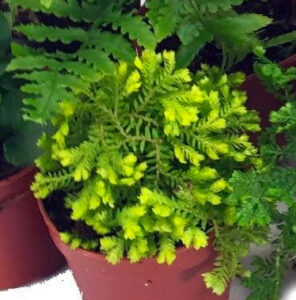
It is a beautiful looking plant for sure. It almost doesn’t look real, who wouldn’t want one for their tiny green garden?
I’ve seen them in grocery stores around Christmas-time. They were so soft and delicate-looking that I saw quite a few folks touching them as if to confirm they were a live plant. But, at the time, the budget just wasn’t there to spend $10 plus tax for what amounted to a mystery plant. Looking back, it wasn’t a bad price for the size of the plant. Maybe this Christmas I’ll treat myself to one if the stores carry them again.
So what are they anyway?
First the disclaimer, I’m going by a photo and hope it’s a match. If not, I’m awfully close. That out of the way, let’s get to it.
Let’s start with the name everyone seems to agree on – Selaginella kraussiana. Where things start to get less clear is the other names they are known by – frosty fern club moss, arborvitae fern, spike moss, frosted fern, Krauss’s spike moss, ground pine and probably a few more I’ve left out. But, is it a fern or a moss?
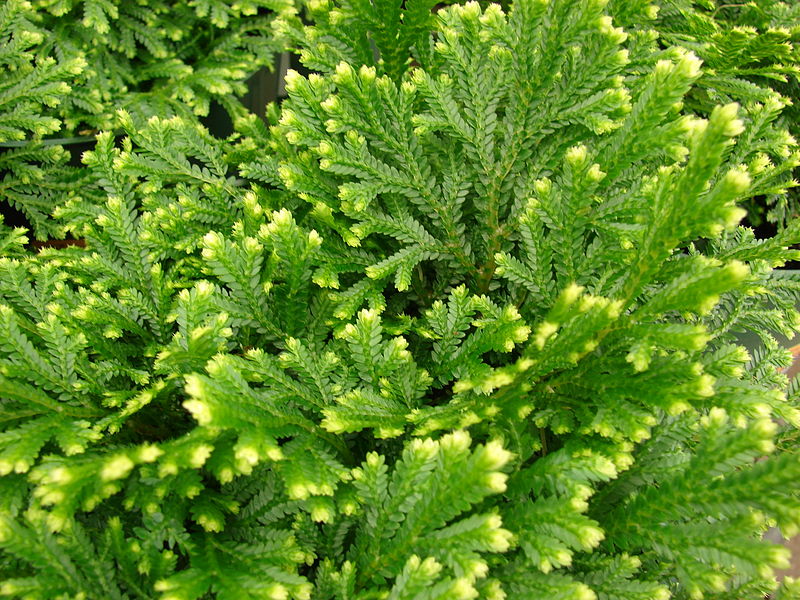
The pretty specimen shown here is from the Hawaiian biologists Forest & Kim Starr.
Well, the correct answer is neither. It’s sorta both. Club mosses are fern “allies.” They are a perennial evergreen with small, lacy leaves. And they have shallow roots. That pair of characteristics means they’re not a moss. But, are they ferns then? Well, not really.
They do grow from spores like ferns do. Both are non-seed vascular plants. And, both have stems with vascular systems. Fern allies, however, have smaller leaves with a single mid-vein. And, their spores form on a different part of the plant.
Science aside, the main question most tiny green gardeners want to know – How does one maintain frosted ferns?
Caring for Frosted Ferns
First off, let me be clear, I have not owned one of these plants and my information is only second and third hand.
This is truly a tropical plant – it likes it warm, it likes a fair amount of light, and it likes it moist and humid. But, it is not a happy camper if you give it a lot of direct sun. A frosted fern would seem the perfect plant for terrariums then. Being such a fan of warmth and humidity, it does seem odd that it would be primarily available in the colder months.
When kept indoors, frosty fern likes bright, indirect light. Anything lower than 50 degrees Fahrenheit and it will probably die. It’s also not a fan of temperatures above 80. 60-70 is the sweet spot.
I’ve seen a number of recommendations on caring for frosty fern plants and at least one of them appears to have gotten it extremely wrong. They recommend not watering until the surface of the soil is slightly dry. Please don’t do that, virtually every other source says to never let the soil dry out and always keep it moist.
From everything I’ve read, frosted fern plants would be very happy living in a terrarium.
My suggestion would be if you don’t keep your Selaginella kraussiana in a terrarium, that you should give it a little drink every day and a long drink once a week until the water begins draining out the bottom of the pot. That’s what I’ve been doing with my ferns in 2-inch pots. Miss a day and they will pout. Miss 2 and you might be in trouble.
As I’ve said, I’ve not tried one of these, yet. Though, I do wonder about them being variegated. With the ferns we’ve tried, the variegated ones were the hardest to care for and sadly the first to die off when temperature and water conditions weren’t to their liking.
Where to buy frosted ferns?
Where to buy frosted fern? As I said, the original picture that led to Jami posing her question is for the fern assortment sold on Amazon. The seller clearly states that the photo may or may not represent the plants that you’ll actually receive. You could buy the assortment and hope you receive a frosty fern or Krauss’s spike moss.
One thing I’ve noticed among the plant sellers on Amazon is that they tend to change their product listings fairly frequently and what’s in stock today might not be available tomorrow. I’ve included some choices (that were available in mid-January 2024). If there’s a price showing, it’s likely still available. And, please be careful when looking at the reviews – they could be for other plants, could be several years old or could be a good warning to perhaps not try ordering live plants during extreme hot or cold temperatures.
- Plant being sold is in a 4″ pot – most sellers offer this plant in only a 2″ or 2.5″ pot.
- There were no available reviews on this plant when I updated this post. However, the company reviews as of mid-January 2024 were all five stars.
- Impressed that the grower offered specific instructions for frosted ferns in the description rather than a generic one.
- Please let me know if you order a frosted fern plant from Blossom Bloom and how it went.
- Plant being sold is in a 2.5″ pot.
- There were no available reviews on this plant when I updated this post. However, the company reviews as of mid-January 2024 were mixed. However, most of the complaints were during winter months and may indicate that buying frosted fern plants online should only be done during the warmer months.
- Please let me know if you order a frosted fern plant from Special Green and how it went.
- 2 plants in 2.5″ pots
- An item where reading the reviews carefully is important. Negative review, in January, complaining of frozen plant might suggest waiting to warmer weather to try ordering a frosted fern plant online.
- JM Bamboo has been selling live plants on Amazon for longer than I’ve been running Tiny Green Gardens.
- Please let me know if you order a frosted fern plant from JM Bamboo and how it went.



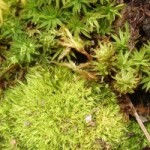
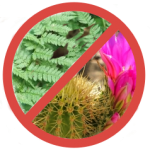
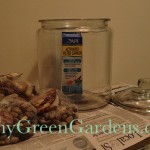
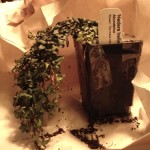
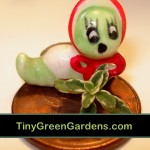

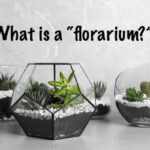

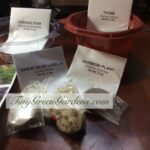
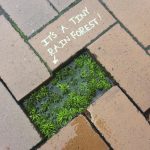
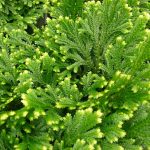

Walmart had some this spring but like many of their plants, they were way too dry and totally wilted. 🙁 Or I might have bought one.
I wish they didn’t deal with living things as Walmart does a very poor job at caring for them.
I’ve found not all WalMarts are created alike. Some do a nice job of watering and caring for their plants; others simply don’t water them and let them die. Your comment should remind everyone to look over a plant very carefully before making a purchase. If the dirt is exceptionally dry, you might want to give it a pass; unless the price reflects the risk in buying it.
All your info is wrong. They love terrariums.
I appreciate the confirmation that they love terrariums. If you look more closely, I offered care suggestions for a plant outside of a terrarium but did not state they won’t be happy in one.
As I had to update this article anyway; I’ve re-written the passage you are referring to to make it more clear. Again, thank you for taking the time to visit my site and leave a comment.